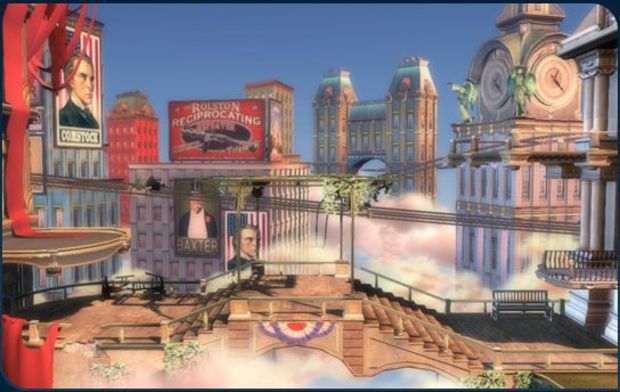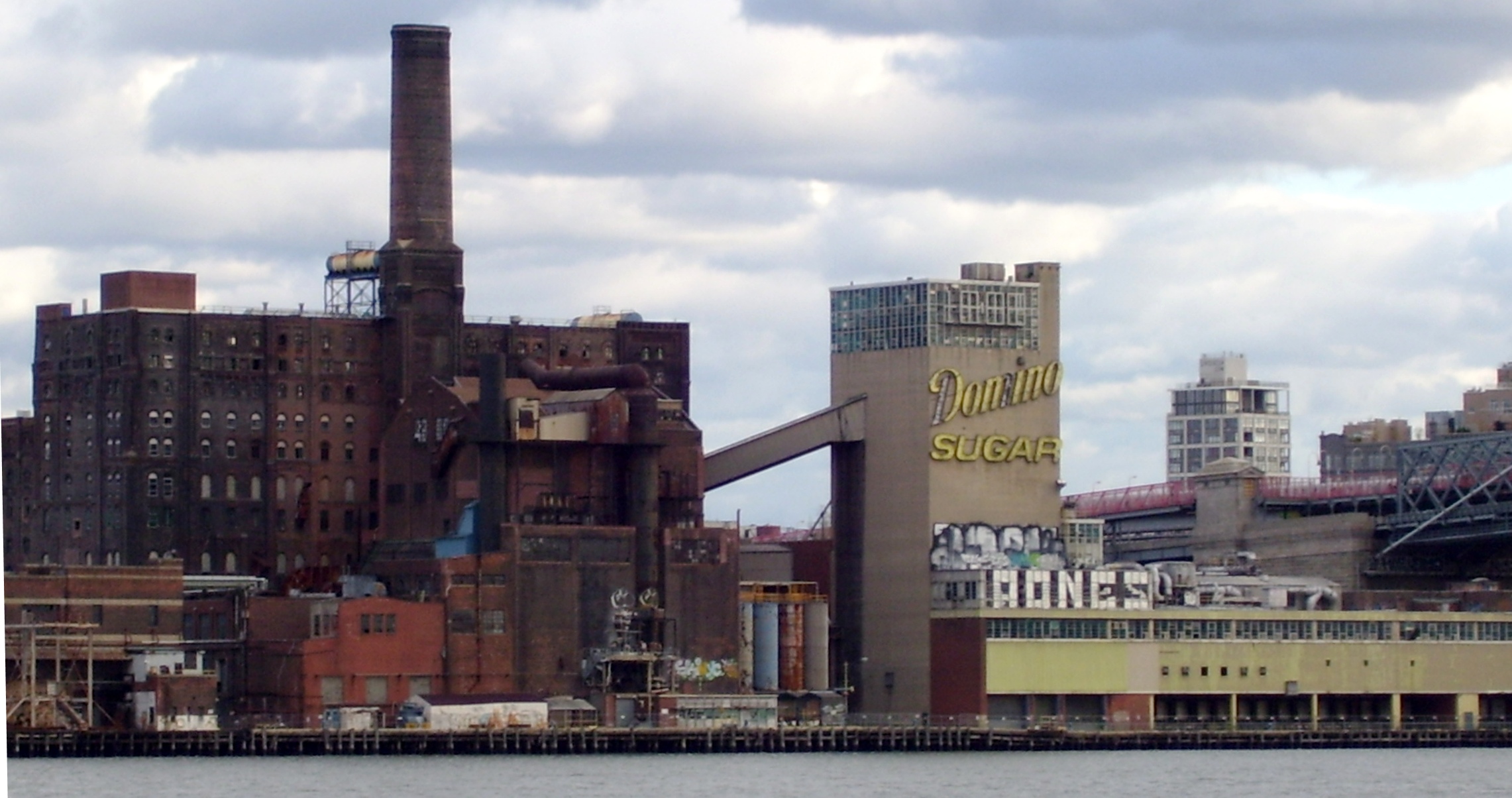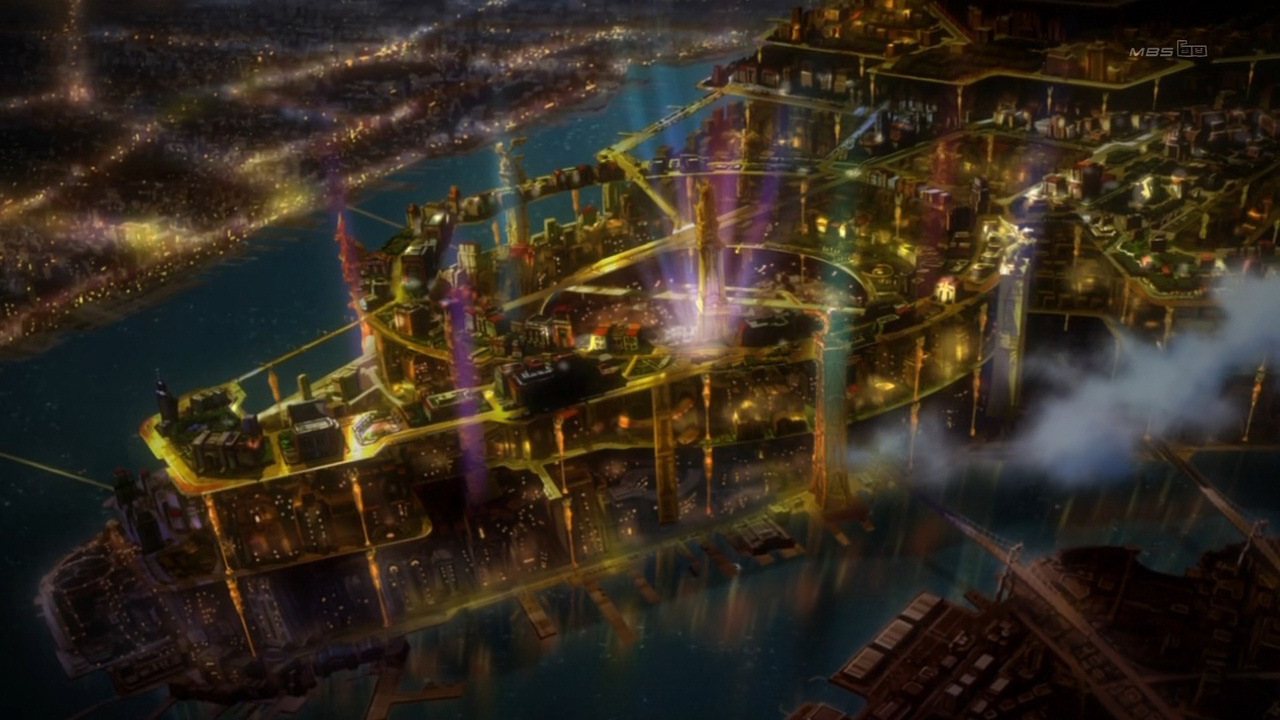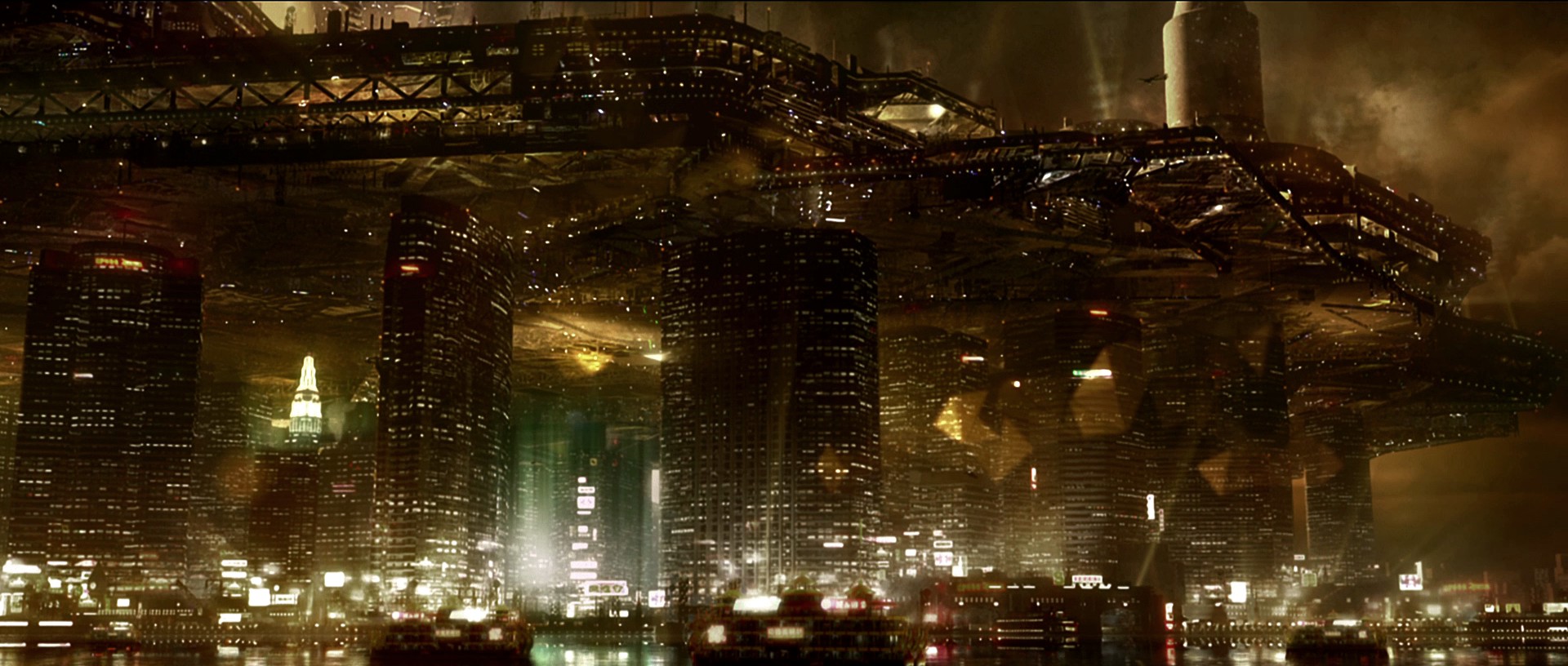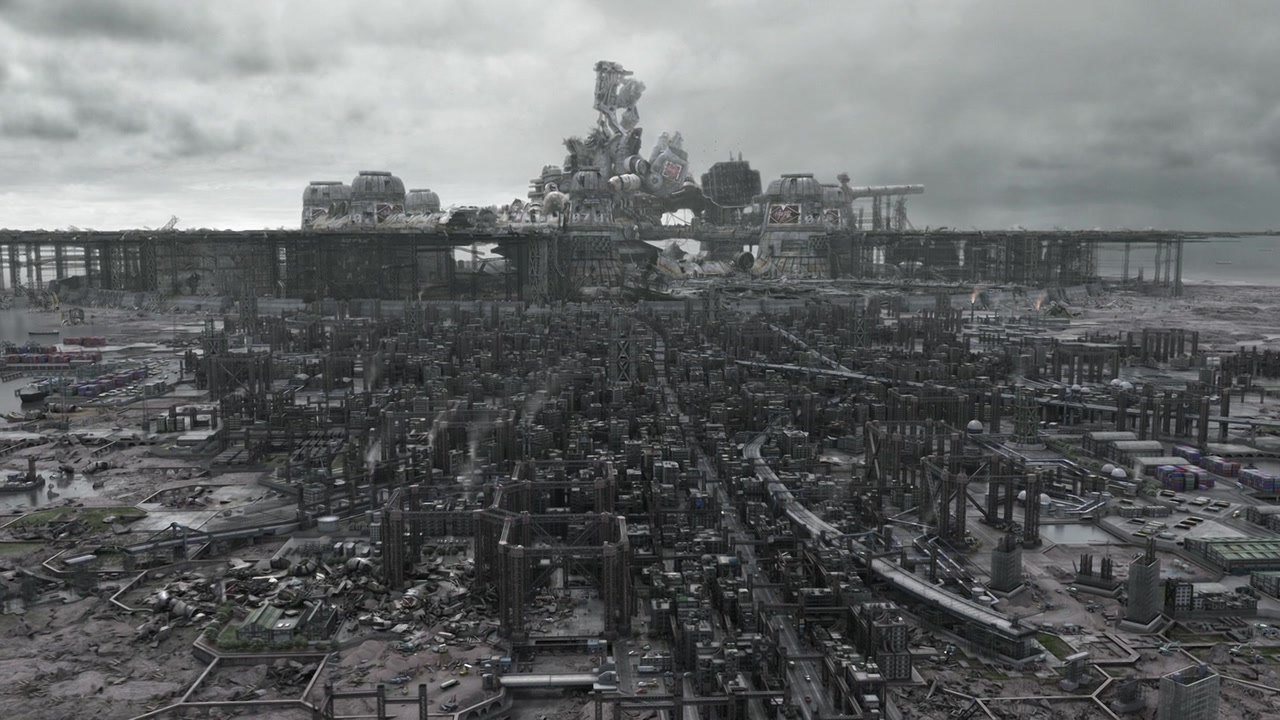Link.
Overview of the Hudson Yards today:



There are more people, buildings, and landmarks per square inch on Manhattan than any other chunk of geography in America. And the island has never been shy about squeezing in more wherever it can find the space. Even so, its hard to imagine anywhere the city can fit six sky scrapers, 100 shops, 20 restaurants, a school, and 14 acres of parks. How about on a platform over the countrys busiest commuter rail yard? Go ahead and add superlatives to the list of things New York cant get enough of.
Hudson Yards is the largest private development project in U.S. history, and its being built without footings or foundations. Instead, the project is going to sit atop 300 concrete-sleeved, steel caissons jammed deep into the underlying bedrock. Work on the platform broke ground last week, and will take roughly two and a half years to complete. In that time, theres a lot of engineering to do.
Caissons are a technology borrowed from bridge building, and they are what makes this project possible. The engineers will drill them anywhere from 40 to 80 feet into the Manhattan schist (the dense, metamorphic bedrock that supports the citys soaring skyline). The caissons are meticulously arranged in the narrow spaces between the tracks. Above, the they will connect to deep-girdle trusses some up to 8 stories tall that control and redirect the towering weight overhead. Finally, the slab. The total punishment is somewhere in the neighborhood of 35,000 tons of steel and 50,000 cubic yards of concrete, says Jim White, the lead platform engineer. And thats before they start loading buildings on top.
Building an elevated platform over an active train yard requires clockwork scheduling. White used computer models to coordinate the tempo of his drilling and truss-laying around the rhythm of the rails. We look at the area of the yard and model in the train traffic, when it moves on an hourly basis and actually design the connections so we can install these 100 foot long trusses when have a window of opportunity, says White. For the two and a half years it will take to complete the platform, there are only four scheduled track closures.
The 26-acre hole on Manhattans west side has been a mote in the citys eye for nearly 30 years. Before the yards were expanded in 1987 (the site has been a rail yard at least as far back as 1910), trains waiting for their next load of passengers had to head out to Long Island. Back then, the neighborhood had no real identity, other than as the sketchy, warehouse district between Chelsea and Hells Kitchen.
The city started eyeing the rail yards for development around the same time they were expanded and reopened in 1987 as a staging area for Penn Station. In the 90′s, George Steinbrenner made a decade-long push to move the Yankees from their Bronx home to a stadium over the rails. (He even went so far as to threaten to move to New Jersey.) Public discord put Steinbrenners dream to bed. Manhattanites will put up with a lot, but 81 days a year of home game congestion is a line they werent willing to cross.
Soon after Steinbrenners dream was crushed (he elected to keep the team in the Bronx), other groups started scheming for a football stadium for the NY Jets that would also be part of the citys bid for the 2012 Olympics. This time, it was the owners of Madison Square Garden that drove the project away, fearing a new stadium would steal away all the concert and event revenue from their aging arena. The city changed tack after the the failed stadium projects, and made a push for mixed-use development.
In some ways, Hudson Yards wouldnt be possible without the stadium bids. As part of the Olympic/Jets stadium plan, the city council approved extending the 7 subway line from Times Square to north west corner of the rail yards. This plan survived and will provide crucial connectivity to the area, which is currently a half mile from the nearest subway stop.
The city has also done a lot of heavy lifting for above-ground connectivity. The final phase of the High Line (like the 7 train, it is also expected to open later in 2014) will snake directly into Hudson Yards. For people who want to walk the elevated parkway end-to-end, Hudson Yards will be one of the most convenient starting points. The city isnt taking any chances on walkability, and plans to build a 4-acre green boulevard that will extend from the north of Hudson Yards, through Hells Kitchen and will end in Times Square.
Related Companies, the developer of Hudson Yards, believes that the entire project will be completed in 2024. That gives the citys planning geniuses time to think of the next engineering marvel. Bike highways, anyone?

